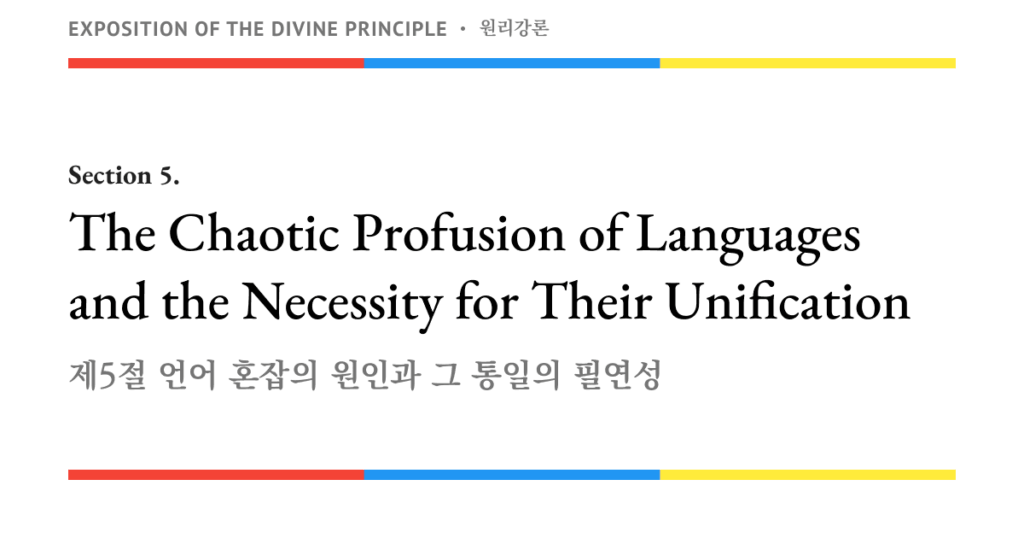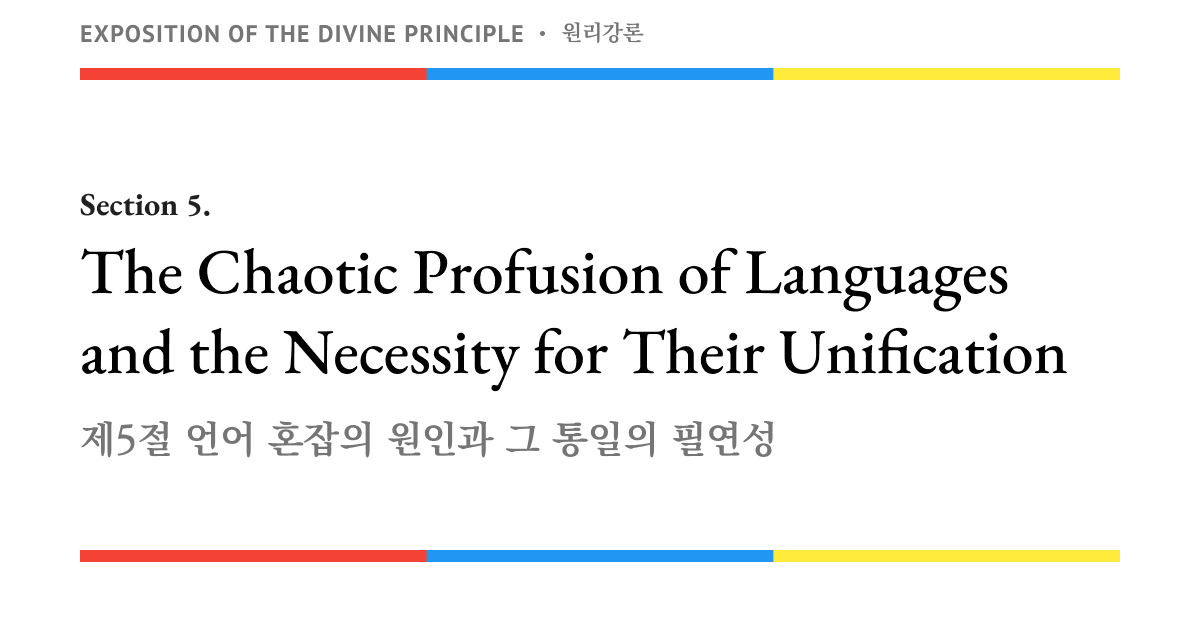
Decoding Chaotic Language: Understanding Its Nuances and Impact
Language, in its essence, is a structured system designed for communication. However, the concept of a “chaotic language” challenges this fundamental understanding. What exactly constitutes a chaotic language? It’s not simply about bad grammar or slang. It delves deeper into the subversion of established linguistic rules, often resulting in communication that is ambiguous, unpredictable, and sometimes deliberately confusing. This article explores the complexities of chaotic language, examining its various forms, its potential impact, and the reasons behind its emergence.
Defining Chaotic Language
The term “chaotic language” doesn’t refer to a specific, codified language. Instead, it describes a style of communication characterized by a breakdown of conventional linguistic structures. This can manifest in numerous ways, including:
- Syntactic Disarray: Sentences lack clear subject-verb agreement or logical flow.
- Semantic Ambiguity: Words are used in unconventional ways, leading to multiple interpretations.
- Phonological Distortion: Pronunciation is deliberately altered, making it difficult to understand.
- Pragmatic Incoherence: Utterances are contextually inappropriate or lack relevance to the ongoing conversation.
Essentially, chaotic language disrupts the expected patterns and conventions that allow us to efficiently transmit and receive information. It introduces a level of noise and uncertainty that can hinder effective communication.
Forms of Chaotic Language in Practice
Chaotic language isn’t confined to theoretical discussions. It appears in various forms across different contexts:
Political Discourse
Politicians sometimes employ chaotic language to obfuscate their positions, evade direct answers, or appeal to emotions rather than logic. This can involve using vague terms, making contradictory statements, or employing logical fallacies to mislead the public. The goal isn’t necessarily to convey information accurately, but rather to manipulate perceptions and control the narrative. [See also: Analyzing Political Rhetoric]
Online Communication
The internet, with its rapid-fire exchanges and diverse communities, can be a breeding ground for chaotic language. Memes, internet slang, and deliberately nonsensical posts often thrive in online spaces. While some of this is playful and humorous, it can also contribute to miscommunication and the spread of misinformation. The anonymity and lack of accountability online can further exacerbate this trend.
Artistic Expression
In some artistic contexts, chaotic language is deliberately employed to challenge conventional norms and explore the limits of communication. Dadaism, for example, embraced irrationality and nonsense as a form of protest against the perceived absurdity of the world. Writers like James Joyce have also experimented with stream-of-consciousness techniques that mimic the fragmented and chaotic nature of thought. The use of chaotic language in art seeks to disrupt the viewer’s expectations and force them to confront the limitations of language itself.
Mental Health
Chaotic language can also be a symptom of certain mental health conditions, such as schizophrenia or mania. Disorganized speech, characterized by loose associations, tangentiality, and incoherence, is a common feature of these conditions. In these cases, the chaotic language isn’t a deliberate choice but rather a manifestation of underlying cognitive or neurological impairments. Understanding the neurological basis of chaotic language in this context is crucial for diagnosis and treatment.
The Impact of Chaotic Language
The impact of chaotic language can be significant, depending on the context in which it occurs:
- Misunderstanding and Confusion: The most obvious consequence is difficulty in understanding the intended message. Ambiguity and incoherence can lead to misinterpretations and frustration.
- Erosion of Trust: When used deliberately to deceive or mislead, chaotic language can erode trust in institutions and individuals. This is particularly concerning in political discourse and public communication.
- Social Division: The use of exclusive or deliberately obscure language can create divisions between groups. Those who understand the code are included, while those who don’t are excluded.
- Cognitive Overload: Attempting to decipher chaotic language can be mentally taxing, leading to cognitive overload and decreased attention span.
Why Does Chaotic Language Emerge?
Several factors can contribute to the emergence and spread of chaotic language:
Intentional Obfuscation
As mentioned earlier, chaotic language can be used deliberately to obscure meaning or manipulate perceptions. This is often seen in political rhetoric, marketing, and propaganda. The goal is to confuse the audience and prevent them from critically evaluating the message.
Cultural Shifts
Rapid social and technological changes can lead to the development of new forms of communication that challenge traditional linguistic norms. The rise of internet slang and meme culture is a prime example of this. These new forms of language can be seen as chaotic by those unfamiliar with them, but they serve a communicative purpose within specific communities.
Cognitive Factors
As discussed earlier, certain mental health conditions can affect language processing and production, leading to disorganized speech. Additionally, factors like stress, fatigue, and lack of sleep can also impair cognitive function and contribute to communication that is less clear and coherent.
Lack of Clarity and Precision
Sometimes, chaotic language simply stems from a lack of clarity and precision in thought. Individuals may struggle to articulate their ideas effectively, resulting in rambling, disorganized, and ultimately confusing communication. Improving communication skills through training and practice can help mitigate this issue.
Coping with Chaotic Language
Navigating a world increasingly filled with chaotic language requires a proactive approach:
- Critical Thinking: Develop strong critical thinking skills to evaluate information and identify logical fallacies.
- Contextual Awareness: Pay attention to the context in which language is used to better understand the intended meaning.
- Active Listening: Practice active listening techniques to ensure you are accurately receiving and interpreting the message.
- Questioning Assumptions: Challenge your own assumptions and biases to avoid misinterpretations.
- Seeking Clarification: Don’t hesitate to ask for clarification when something is unclear.
The Future of Language and Communication
The rise of chaotic language raises important questions about the future of communication. Will language continue to evolve in unpredictable ways, or will there be a renewed emphasis on clarity and precision? The answer likely lies in a balance between embracing innovation and preserving the core principles of effective communication. Understanding the nuances of chaotic language is crucial for navigating the complexities of the modern world and fostering meaningful connections with others. The study of chaotic language allows us to better understand the boundaries of communication itself and the reasons why language sometimes fails to convey meaning effectively. Furthermore, recognizing the potential for intentional manipulation through chaotic language empowers individuals to become more discerning consumers of information. [See also: The Evolution of Language in the Digital Age]
Conclusion
Chaotic language, while seemingly disruptive, offers a valuable lens through which to examine the nature of communication. By understanding its various forms, its potential impacts, and the reasons behind its emergence, we can become more effective communicators and more critical consumers of information. Recognizing when language is being used to obfuscate, manipulate, or simply express a different perspective is essential for navigating the complexities of the modern world. The continuing study of chaotic language will undoubtedly provide further insights into the ever-evolving landscape of human communication.

